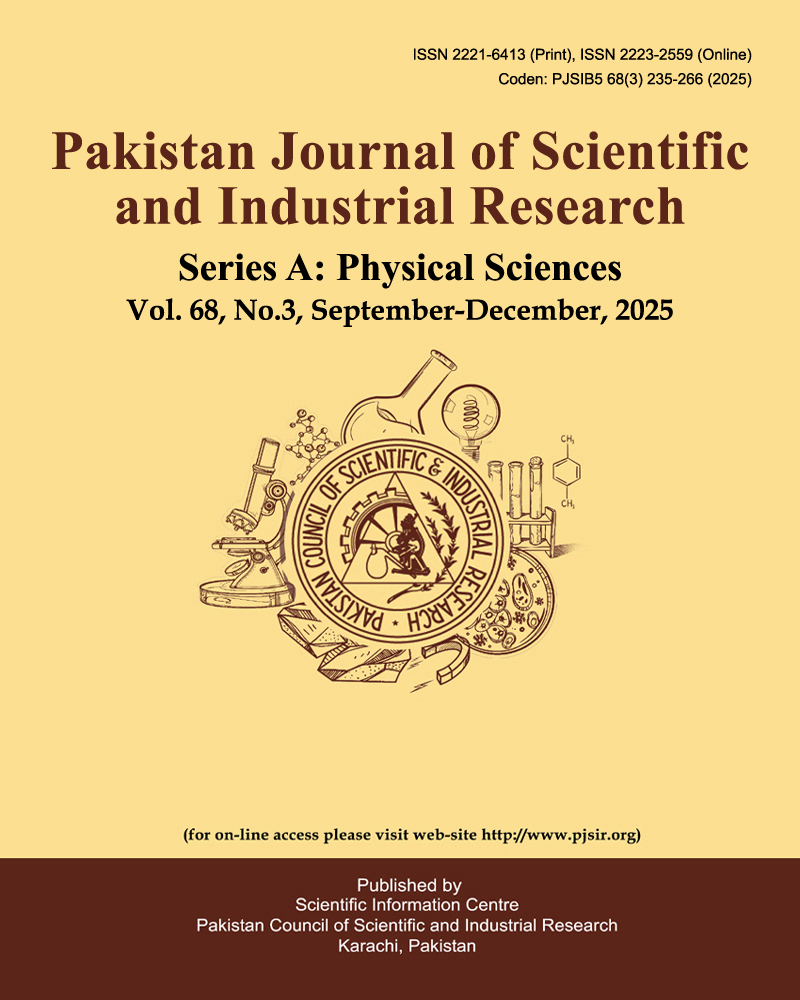Review on Digitalization and Industry 4.0: Maintenance and Repair Operations (M.R.O.) with Predictive Approaches
Digital Maintenance Approaches
Abstract
This article provides a comprehensive overview of the repair and maintenance operations in multiple modern industries. Accordingly, maintenance and repair approaches are problematical and overbearing issues. Scientific methodology involves in repair operation uses data to figure out repair ideas. Also, it develops and supports theories and facts over repair operation and procedures. Digital tools can enable lab managers and scientists to achieve their ideal vision for the laboratory and manage workloads. This article emphasizes the importance of systematic planning and prudent management to address the diverse and numerous risks associated with maintenance and repair strategies. It tells how to delves into the practical aspects of maintenance and repair operations, emphasizing the historical approach of reactive maintenance and the need for a more proactive and systematic strategy. It also defines key terms such as repair, fault and fault detection and diagnosis, providing a comprehensive understanding of the scientific methodology involved in the repair of machines, equipment and appliances. The importance of understanding and implementing effective maintenance and repair strategies are aligned with modern business goals and ensure efficient operations.
Today’s, the era of fourth industrial revolution (Industry 4.0) is progressing due to the development of information and communications technologies (I.C.T.). The use of preventive/predictive maintenance (Pr./Pd.M.) approaches has become increasingly popular in recent years. The role of maintenance and repair operations/overhauls (M.R.O.) is very crucial and important aspect of intentional administration of assets/equipment and infrastructure. The aim is to optimize performance, minimize downtime and ensure operational excellence. Furthermore, it underscores the benefits of an effective M.R.O. program in enhancing efficiency, reducing costs and ensuring uninterrupted operations.


